
IMG_1227.jpg |

St Peter Basilica details 1 of 2 |
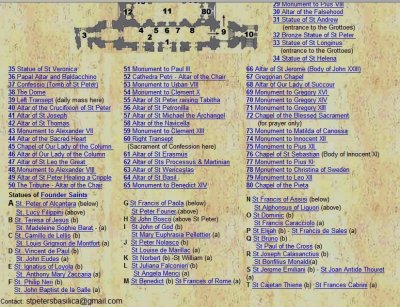
St Peter Basilica details 2 of 2 |
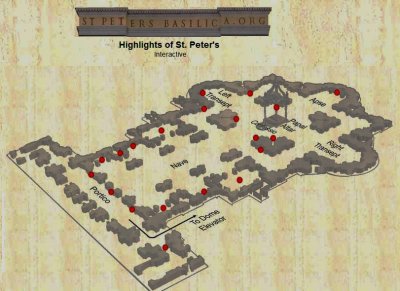
St Peter Basilica Layout |

Facade of Basilca ...> IMG_1374.JPG |
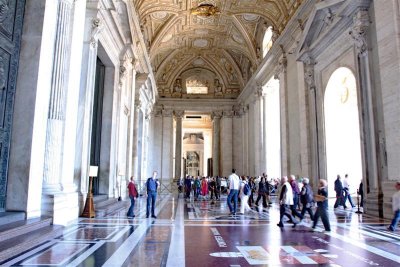
Portals .... >IMG_1366.jpg |
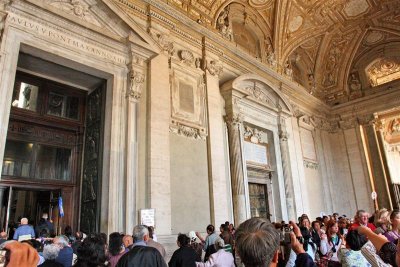
Entrance Door of Sacrament IMG_1171.jpg |
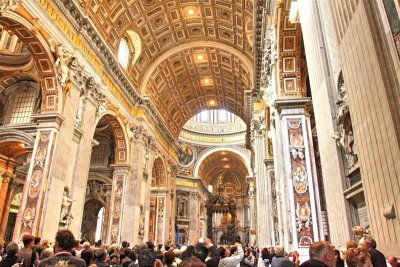
Eye toward Altar IMG_1176.jpg |
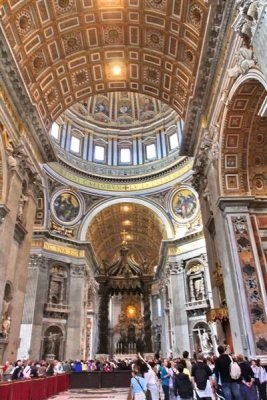
Eye toward Altar IMG_1228.jpg |

Eye toward the Altar IMG_1363.JPG |

Eye to the Altar IMG_1194.jpg |

Central Nave IMG_1181.jpg |
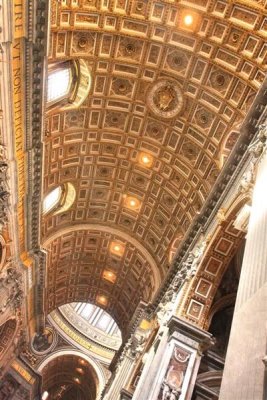
Central Nave IMG_1182.jpg |
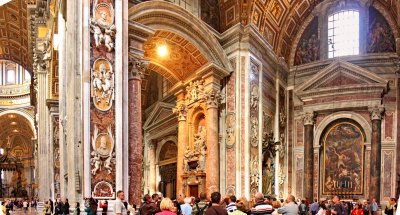
Entrance, Chapel of Pieta on LFT IMG_1192_93.jpg |
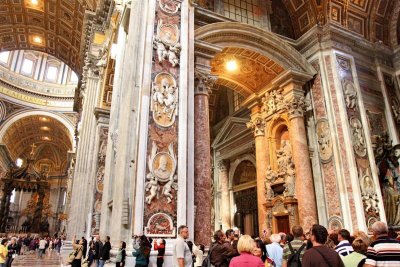
Entrance IMG_1193.jpg |
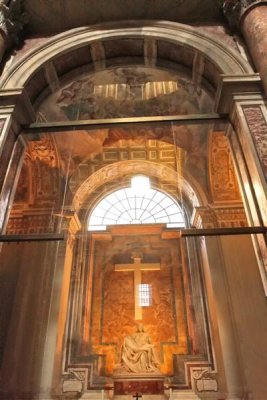
Chapel of Pieta, the Sorrow ....> IMG_1210.jpg |

Entrance IMG_1223.jpg |

Altar of St. Thomas, entrance IMG_1224.jpg |
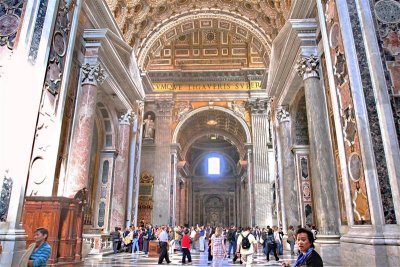
Eye toward the Entrance IMG_1314.jpg |
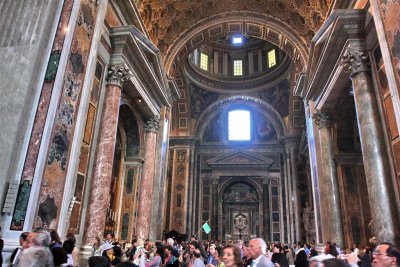
Eye toward the Entrance. ...> IMG_1231.jpg |
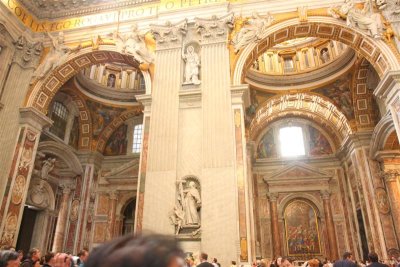
IMG_1195.JPG |
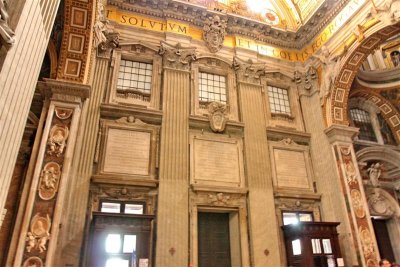
IMG_1196.jpg |
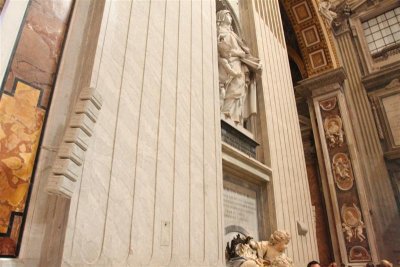
St. Teresa of Jesus ....> IMG_1197.JPG |
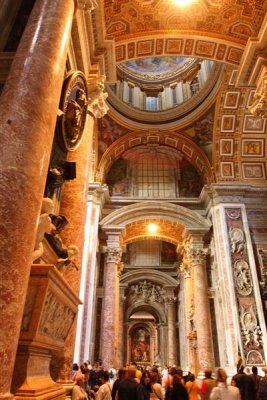
North Corridor from Pieta to Canossa IMG_1214.jpg |
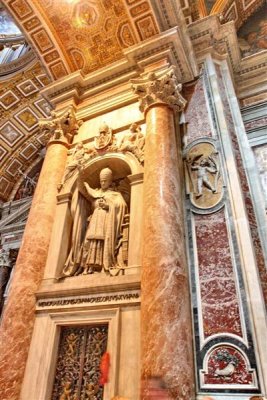
IMG_1217.jpg |

Designated Basilica at Washingtion DC "Immaculate Conception" IMG_1225.jpg |

St. Philip Neri ....> IMG_1230.jpg |
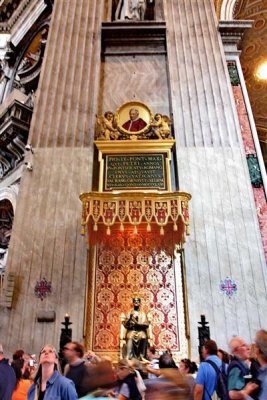
St Peter ....> IMG_1235.jpg |

St Peter IMG_1239.jpg |
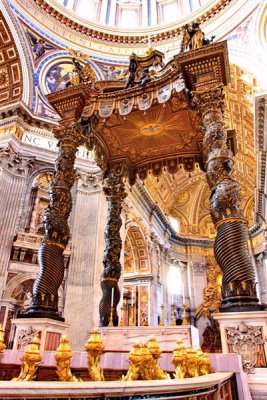
Altar and Baldacchino ...> IMG_1244.jpg |
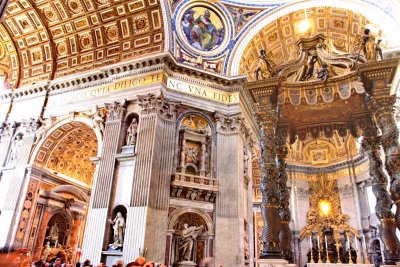
Baldacchino IMG_1252.jpg |
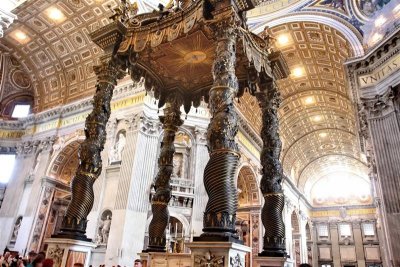
Baldacchino IMG_1281.jpg |
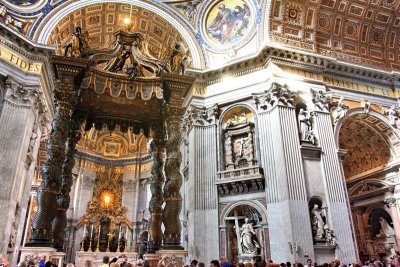
Baldacchino IMG_1253.jpg |

Dome--Giacomo della Porta ...> IMG_1245.jpg |

Baldacchino P1030800.jpg |

Baldacchino P1030801.jpg |

Confessio---St Peter's burial IMG_1258.jpg |
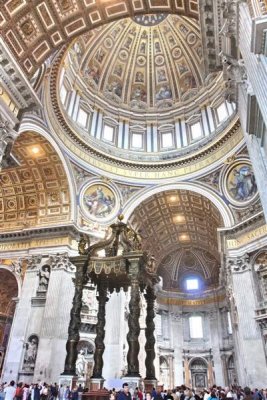
Altar IMG_1297.jpg |
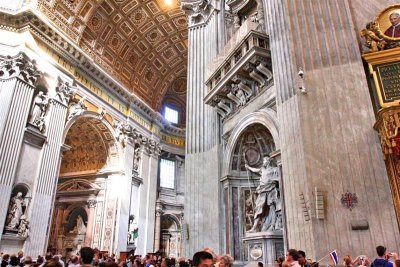
Approach Chapel of Sacrament IMG_1254.jpg |

Chapel of Sacrament ...> IMG_1270.72.73 .jpg |
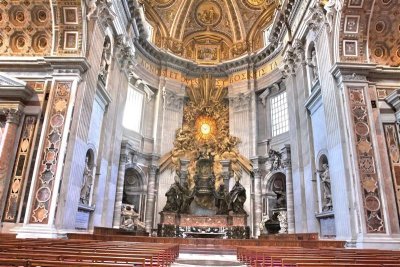
"Cathedra Petri" and "Gloria" ....>IMG_1268.jpg |

Cathedra Petri, Chair of St Peter IMG_1275.JPG |
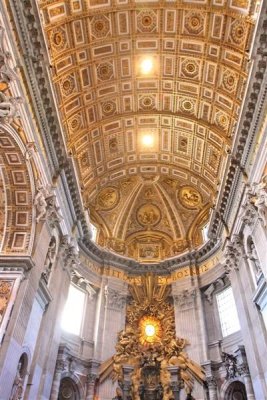
"Cathedra Petri" and "Gloria" IMG_1274.jpg |
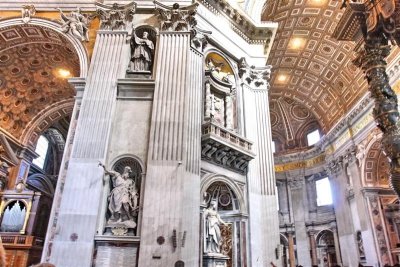
RT of Chapel IMG_1282.jpg |
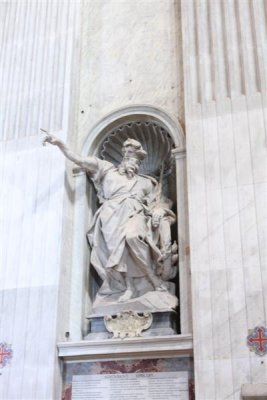
St Alias ....>. RT of Chapel IMG_1276.JPG |
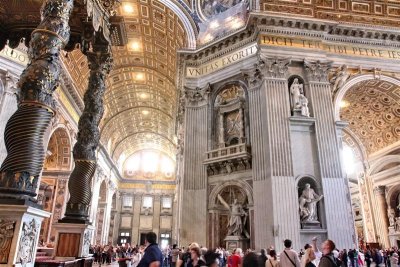
LFT of Chapel IMG_1284.jpg |
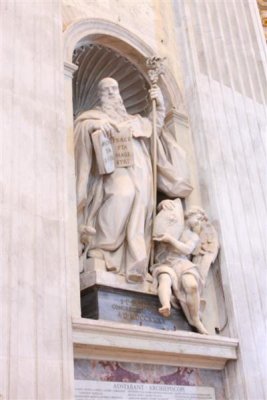
St. Peter Fourier .....> IMG_1279.JPG |
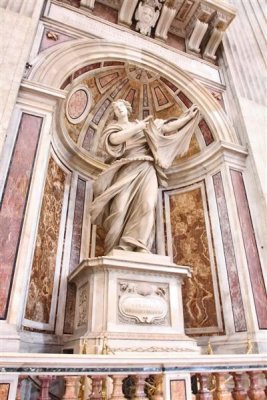
St Veronica IMG_1289.jpg |
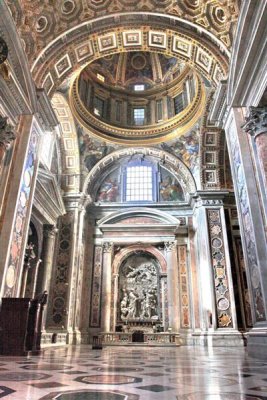
IMG_1291.jpg |
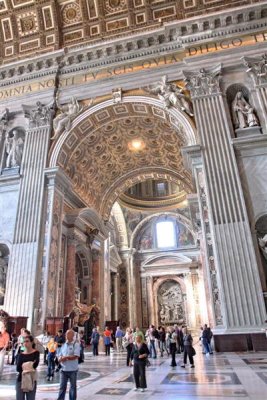
IMG_1299.jpg |
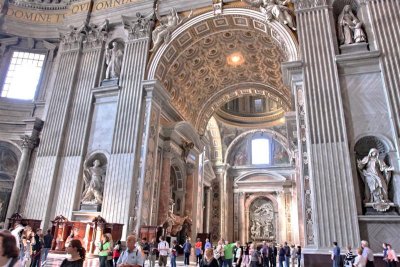
IMG_1300.jpg |

IMG_1301.jpg |
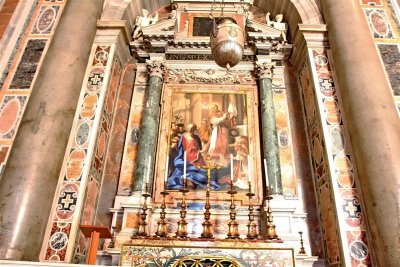
Altar of Pope St. Gregory IMG_1308.jpg |
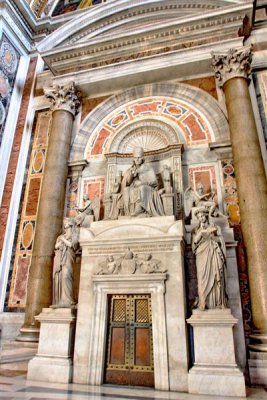
IMG_1310.jpg |

IMG_1311.jpg |
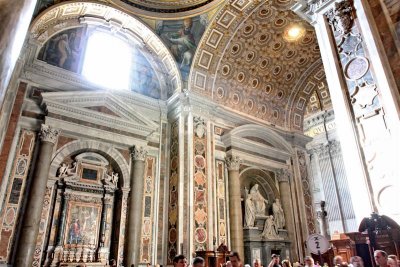
Altar of Pope Gregory, LFT IMG_1318.jpg |
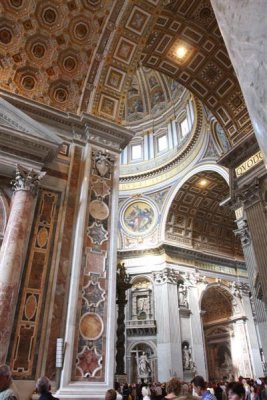
IMG_1320.JPG |
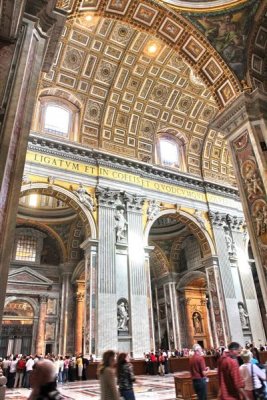
IMG_1324.jpg |
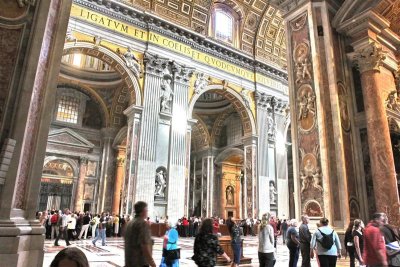
IMG_1325.jpg |

IMG_1328.jpg |

IMG_1329.jpg |
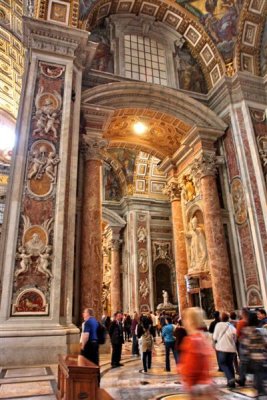
IMG_1330.jpg |

St. Peter of Alcantara ....> IMG_1339.jpg |
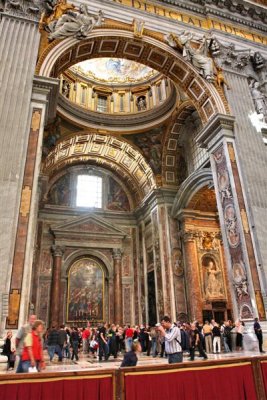
IMG_1349.jpg |

IMG_1357.jpg |
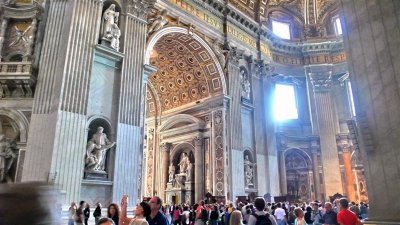
P1030802.jpg |











